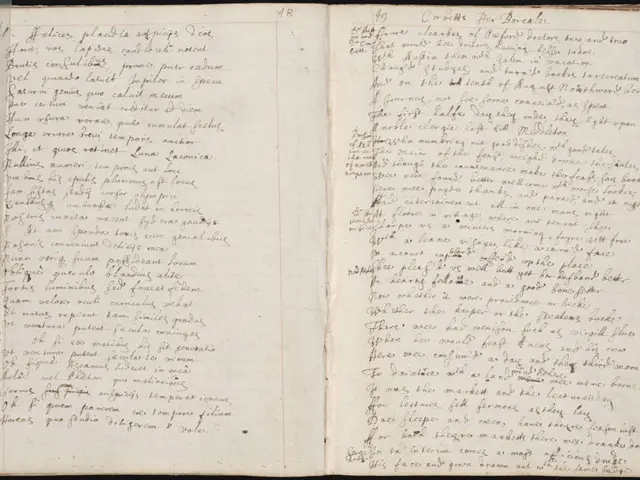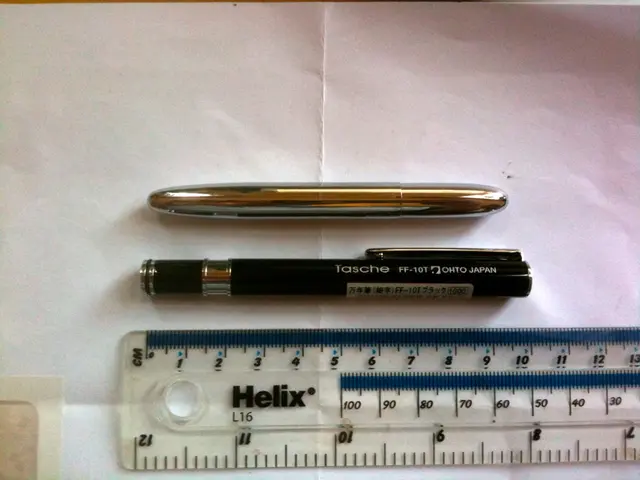Top Android Libraries to Explore in 2022
In the world of Android app development, libraries play a crucial role in streamlining and optimizing the process. These pre-written codebases offer a myriad of functionalities, from networking and image loading to UI design and testing. Here are some of the most recommended libraries for Android developers in 2022.
Android libraries are a collection of implementations with a well-defined interface, providing developers with essential tools that can be used instead of starting from scratch. These libraries include documentation, configuration data, message templates, help data, pre-written code, subroutines, values, classes, and more.
One such widely used library is Object Box, an object-oriented embedded database that serves as a right alternative to SQLite. Particularly suitable for Internet of Things (IoT) apps, Object Box acts as a databinding library, simplifying the process of managing data within an application.
When it comes to image loading, Glide and Picasso are two libraries that stand out. Glide provides animated GIF support and handles image loading and caching, while Picasso offers hassle-free image loading within the application.
For networking, Retrofit is a type-safe REST client for Android and Java, intelligently mapping an API into a client interface with the help of annotations. It's a must-have tool for any Android developer.
Dependency Injection is another crucial aspect of Android app development, and Dagger 2 is a popular library for this purpose. It relies on using Java annotation processors to manage dependencies within an application.
For UI design, libraries like Android Databinding, Jetpack Compose, and Holo Graph offer a variety of features. Android Databinding is an in-built view-binding library that allows binding UI components in the layouts to data sources in the app with a declarative format. Jetpack Compose, on the other hand, is a modern tool for building native UI, offering a declarative syntax that helps you to easily compose your UI. Holo Graph is a graphic library that includes LineGraph view, BarGraph View, PieGraph View, and MultiSeriesDonutGraph View, among others.
Testing is another essential aspect of Android app development, and libraries like Espresso, EventBus, and Robolectric come in handy. Espresso is a test framework that enables developers to build user interface tests for Android applications, while EventBus simplifies communication between parts and performs well with Activities, Fragments, and background threads. Robolectric is an unparalleled unit testing library that handles inflation of resource loading, views, and more, making tests more efficacious and potent.
Other notable libraries include AnimatedPieView for showing pie charts and ring graphs, MPAndroidChart for Android chart/graph view, ZXing for barcode image-processing, CamView for Android camera easy access with an embedded QR scanner based on ZXing, Stetho for sophisticated debug bridge for Android applications, and Hyperlog-Android for standard Android Log class for storing logs in an Android database library and pushing them to a distant server for debugging.
Lastly, libraries like MyLittleCanvas, Gravity View, Panel Layout, RxJava2, and LeakCanary offer features such as custom underline on a TextView, image tilting using sensors, displaying a resizable and floating panel, implementing reactive programming, and handling memory leaks, respectively.
In conclusion, Android libraries are indispensable tools for any Android developer, offering a wide range of functionalities that help streamline and optimize the app development process. By leveraging these libraries, developers can focus more on creating innovative and engaging user experiences, rather than on the intricacies of coding.
Read also:
- Understanding Hemorrhagic Gastroenteritis: Key Facts
- Trump's Policies: Tariffs, AI, Surveillance, and Possible Martial Law
- Expanded Community Health Involvement by CK Birla Hospitals, Jaipur, Maintained Through Consistent Outreach Programs Across Rajasthan
- Abdominal Fat Accumulation: Causes and Strategies for Reduction






